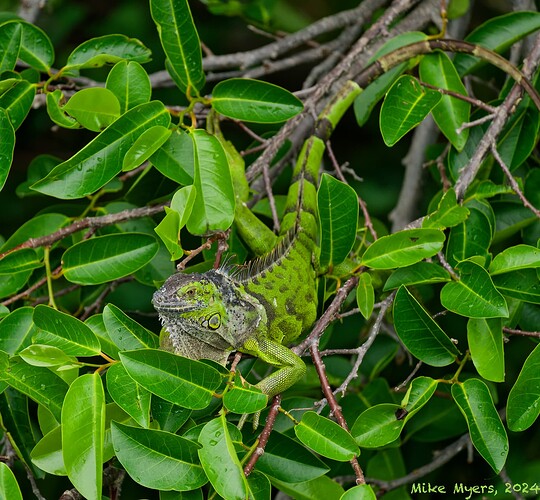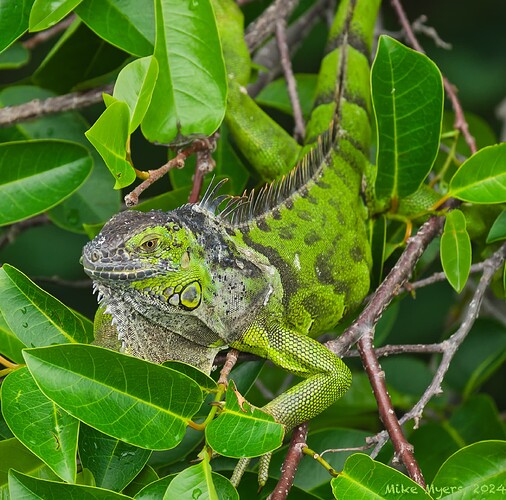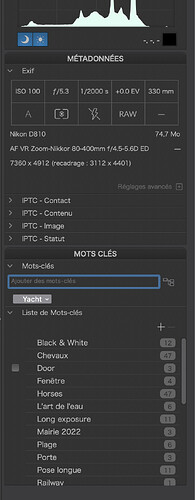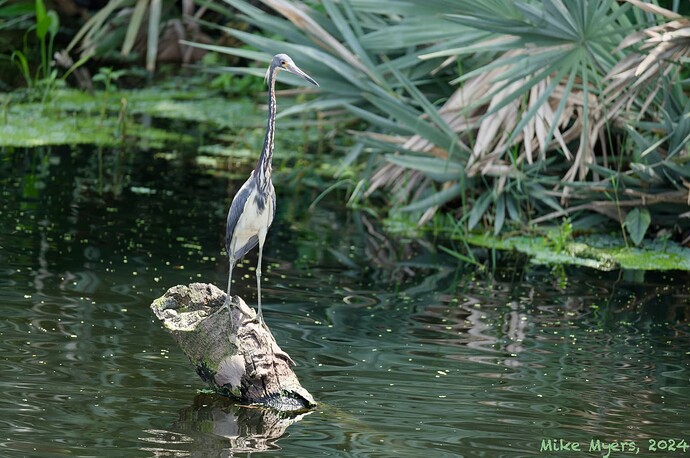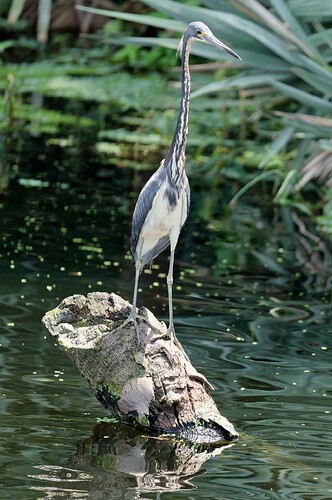I was about to ask if any of you had tried bird photography, and understood what was involved, and what “birders” want to see - but Joanna, that last photo is awesome! Your other photo shows how difficult it can also be.
This is the website of Steve Perry, the fellow who has been the most help to me regarding bird photography:
https://www.youtube.com/@backcountrygallery
I’ve been reading his articles, and watching his YouTube videos.
At this moment in time, these are the kinds of photos I would like to capture, when I go bird watching - but there’s lots of other advice there as well. …and I also want to take good photos of birds that ARE artistic, and non-bird-fanatics will enjoy.
I plan to take photos that will “work” technically, and also take photos that I know I’m not (yet) prepared to take, just to get the practice, even if the photos are pixelated. Getting the timing right is a huge part of bird photography - along with steady hands, a decent exposure, a suitable shutter speed, and all the rest. It’s all wasted effort in one way, but it’s good practice until I can “fill the frame” with my 2,500mm super Nikkor lens that I can’t afford and will likely never buy, and which will be far too heavy for me, even on a monopod.
Yes, this is a problem in a way, as I also thought what you wrote, until Ray Schneider, a good friend of mine, explained what was going on in my photos. Posting that image here just shows what you wrote, but in the bird forums, chances are the other photographers either already know what’s going on, or soon will. Regarding my photo, I had no idea what or why the bird was doing, but it looked interesting, so I tried to capture an action photo that showed it. That night, I learned what it was about. (Ray goes “birding” several times a week, every week, when the weather is appropriate.)
To be honest, I don’t understand most of my photos, what the birds are doing, or why, or even what kinds of birds they are. I’m a beginner at this, and every time I do this, I learn more, mostly from feedback on my photos.
Sigma has been making variations of this lens for years. Some are better than others. When I posted my test photos in the Sigma Lens forum, the comments were that I had a good one. Advantages - wide focal length range, only a little over 4 pounds, and I could afford it, and the optical stabilization means I can shoot it hand held. Supposedly. I think a monopod is a better idea though.
Regarding the lens that I bought, I need to call Sigma to learn about what “Bigma” I actually bought. I found a review that was close, but there were so many variations that I haven’t nailed down exactly what I have. Here’s a “review” of one of them…
Sigma 50-500 mm f/4.5-6.3 APO DG OS HSM review - Introduction - LensTip.com
I am much more comfortable with my smaller Nikon 70-300 “P” lens, but as the responses up above demonstrate, it’s not long enough to prevent pixelization because I can’t fill the screen.
@Stenis, I’m no longer thinking about this too much. Sure, I can go back to my Nikon D3 with CCD, but my newer cameras are and will be CMOS, and the ISO capability is far more important to me than the colors. What you wrote below sums it up nicely, for me:
They weren’t “technical limitations” at the time, that’s just how things were. Nowadays though, those limitations are real, compared with just using the newer gear.
Finally, Joanna, even you might find something useful here:
https://www.youtube.com/watch?v=5zwIWhDcTEY&t=329s
I sure did!



